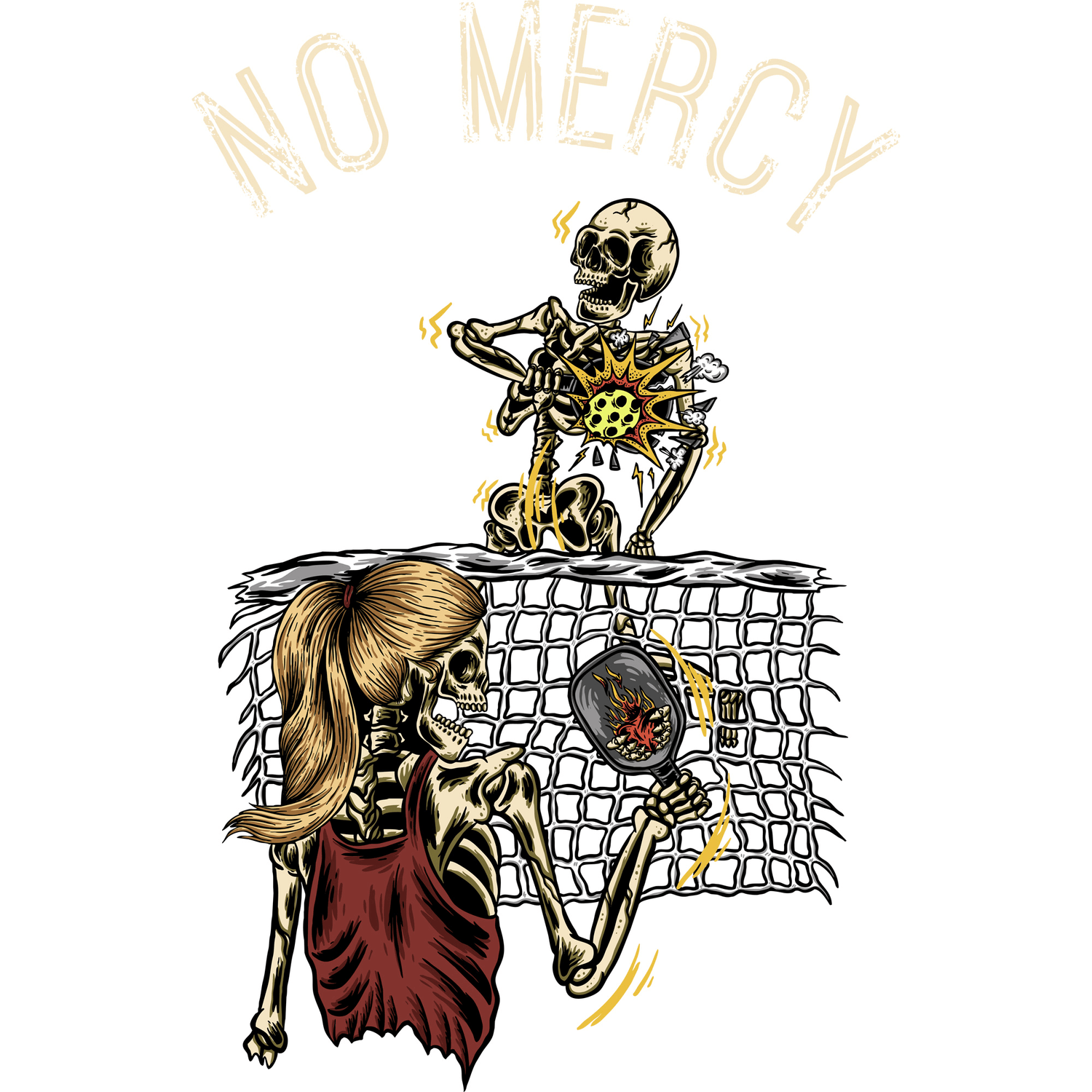In the world of making and prototyping, the universal adoption of USB-C is quietly fueling a revolution in 3D printing. This powerful, versatile connector is more than just a convenient way to charge your phone; it's streamlining workflows, enhancing reliability, and unlocking new potential for 3D printers and the creative minds that use them. From hobbyists in their garages to engineers in advanced manufacturing labs, the switch to a unified standard is making 3D printing more accessible and efficient than ever.
For years, the 3D printing world was a chaotic jumble of outdated connectors like USB-B (the clunky, square one), microSD cards, and proprietary power bricks. The move toward USB-C is changing everything. It simplifies connections, provides more stable power, and speeds up data transfer, allowing makers to focus on what they do best: creating. This guide explores how this single port is enhancing innovation in the 3D printing space.
1. Simplified Connectivity: One Port to Rule Them All
One of the most immediate and satisfying benefits of USB-C in 3D printing is the dramatic simplification of a typical setup. Before, you needed one cable to power the printer, another (often a clunky USB-B cable) to connect it to your computer, and you’d frequently resort to swapping microSD cards to transfer G-code files. This created a messy workspace and a workflow with too many points of failure.
USB-C consolidates these functions into a single, elegant solution. A modern 3D printer equipped with this port can be powered and controlled through one cable connected to a computer or a dedicated controller like a Raspberry Pi. This "single-cable" setup isn't just about looking tidy; it means fewer things to plug in, fewer cables to lose, and a much faster process from slicing a model to starting a print. This streamlined connection makes the entire process feel more integrated and professional.
2. Reliable Power Delivery for Uninterrupted Prints
A failed print is the bane of every 3D printing enthusiast's existence. Hours of printing can be wasted due to a momentary power flicker or an unstable power supply. While most printers still use a dedicated power adapter, the role of USB-C in delivering stable power to control boards and accessories is a significant advancement.
The USB Power Delivery (PD) standard allows USB-C to provide significantly more wattage than older USB types. This ensures that the main controller board of the 3D printer receives consistent, reliable power, reducing the risk of crashes or freezes caused by voltage drops. Furthermore, for accessories like external touchscreens, LED lighting rigs, and sensor modules, USB-C can provide all the power they need without requiring separate, messy power lines. This stability is crucial for long, complex prints where consistency is key to success.
3. Faster Data Transfer for Complex Models and Direct Control
As 3D models become more intricate and high-resolution, the size of the G-code files that instruct the printer also grows. Transferring these large files over a slow USB 2.0 connection or a cheap microSD card can be a bottleneck. USB-C leverages modern protocols like USB 3.1 and beyond, offering blazing-fast data transfer speeds.
This means you can send even the most complex models to your printer in seconds, not minutes. More importantly, this high-bandwidth connection enables more responsive direct control of the printer from a host computer. Software like OctoPrint, which allows for remote monitoring and control, benefits greatly from the speed and reliability of a USB-C connection. It allows for smoother live-streaming of print jobs via camera and instant command execution, giving makers precise, real-time control over their prints.
4. A Future-Proof Standard for an Evolving Ecosystem
The 3D printing community is built on innovation, with new upgrades, modifications, and accessories constantly being developed. Adopting a universal standard like USB-C is a crucial step in future-proofing the entire ecosystem. As more manufacturers of control boards, hotends, sensors, and other peripherals standardize on this connector, it becomes easier for users to mix, match, and upgrade components.
You won't have to worry about whether a new accessory comes with a proprietary connector or an outdated port. The universality of USB-C ensures that new hardware will integrate seamlessly with existing setups. This encourages innovation and makes the hobby more accessible for everyone, as it lowers the barrier to entry for both creating and using new technology.
Great USB-C Gift Ideas for Makers and Tech Enthusiasts
Whether you're a 3D printing pro, a creative hobbyist, or just someone who appreciates good tech, having high-quality accessories is essential. If you’re searching for practical USB-C gift ideas, the collection from RND Power Solutions is the perfect place to start.
RND offers a premium range of USB-C products designed for reliability and performance. Their durable, braided cables can handle the high data throughput needed for 3D printing control, while their powerful wall chargers and multi-port hubs are perfect for powering a Raspberry Pi controller and other accessories. These high-performance products aren’t just for 3D printing; they're essential upgrades for any modern tech setup. A gift of a quality cable or charger is a gift of convenience and reliability that will be used every day.
Ready to upgrade your maker space or find the perfect gift? Explore the full range of USB-C solutions from RND Power Solutions at http://www.rndaccessories.com/collections/usb-c.






